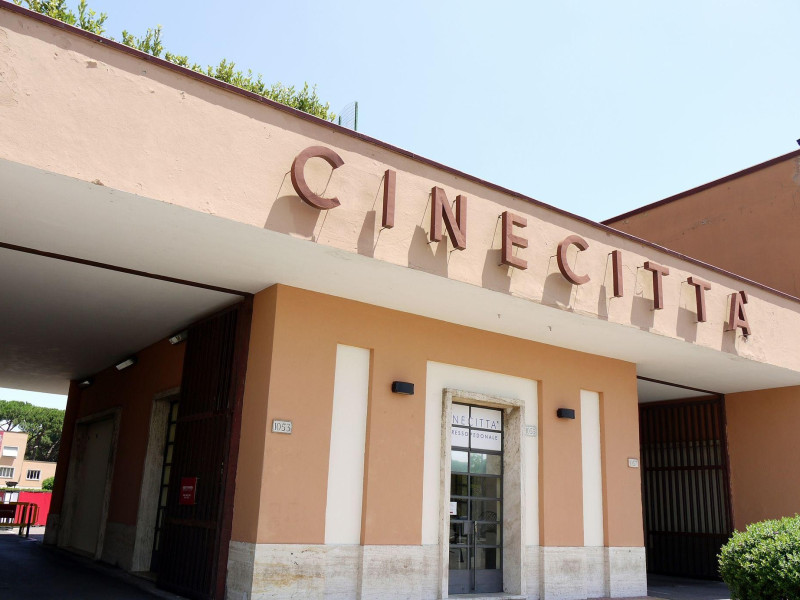Cinecittà
Cinecittà is a complex of studios of international fame, situated along Via Tuscolana, which represent the top of the Italian film and television industry (over 3000 films, 47 of them winners of the Oscar). The history of Cinecittà begins during the fascism, with the law which tended to stimulate domestic production: in 1934 came the first "General Directorate of Cinematography", for propaganda purposes, but also a time to the promotion of Italian cinema abroad ("Scipio Africanus", by Carmine Gallone). The Cinecittà Studios, headed by Charles Roncoroni, fell in the draft constitution of the National Cinematographic Industries (ENIC). The first twelve soundstages - which is flanked workshops development, printing, assembly and the Luce Institute - must be the work of the architect Gino Peressutti. The real turning point of Cinecittà occurred in the years '59, with the first American productions: "Quo vadis?", by Mervyn LeRoy, "Ben Hur", by William Wyler, and many other blockbuster. The success of American productions deeply engraved on Roman society of those years, both from a cultural and economic: "The sweet life" is the film symbol of this evolution, perfectly narrated by directors such as Luchino Visconti Federico Fellini. The decline of Cinecittà begins already a decade later, with the advance of television. In 1978 the Luce Institute and Cinecittà Square are transferred to the City of Rome. In recent years, the Cinecittà Studios hosted the set of some big American productions: "The Godfather Part III", by Francis Ford Coppola, "The English Patient" by Anthony Minghella, "Gangs of New York" by Martin Scorsese, "The Passion" by Mel Gibson. The complex includes several facilities for post production and laboratories for the preparation of the stage structures.
Info:
From Wednesday to Monday: from 9:30 a.m. to 7:00 p.m.


